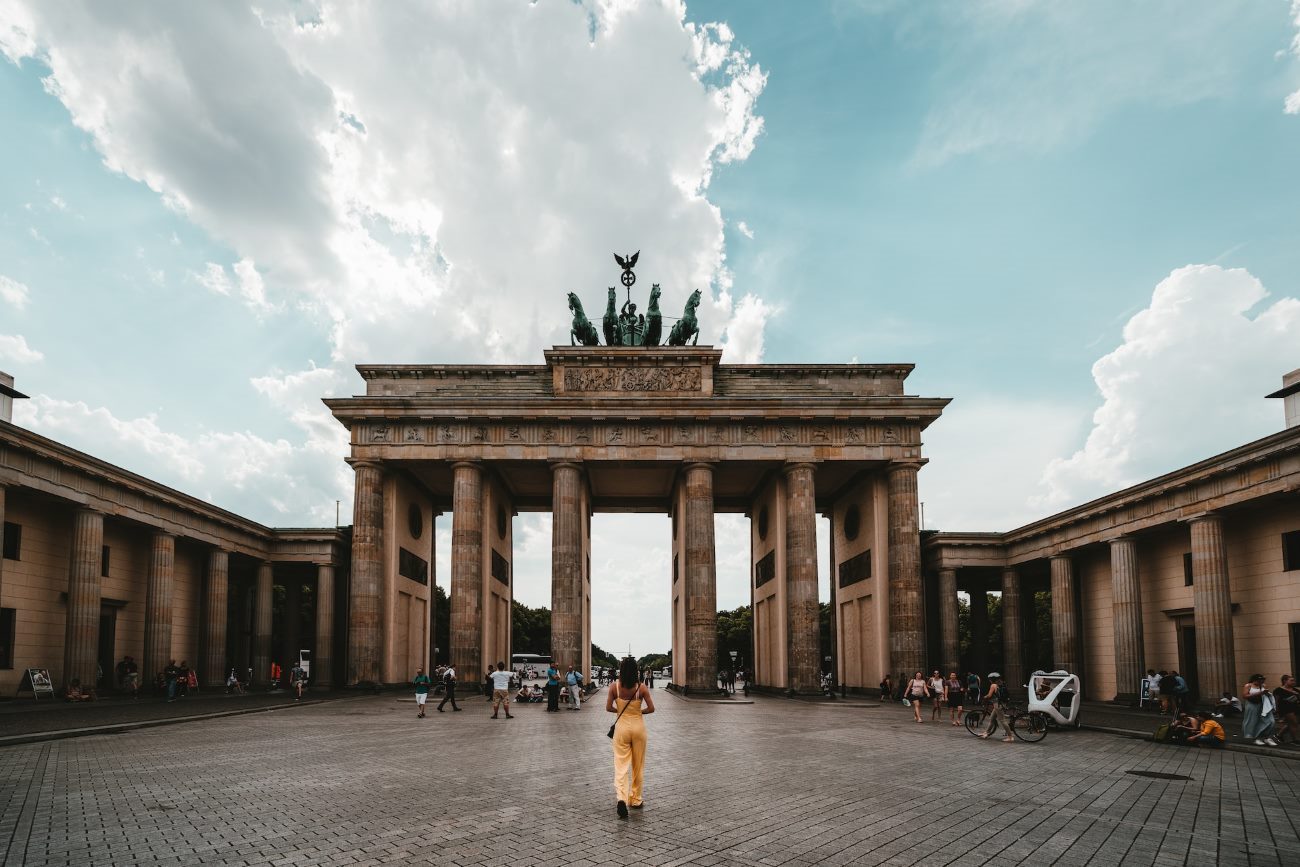What Was the Cost of Building the Berlin Wall?
The construction of the Berlin Wall was one of the most important and the most politized events of the 20th century. This wall split Berlin for nearly 30 years, an icon of the larger division between the East and the West of the two superpowers during the Cold War. Whereas the costs in terms of politics and ideas are immense, this article will concentrate on the economic deficit of building and maintaining the wall.
Construction Cost
When the Berlin Wall was constructed in August 1961, it was at first formed by barbed wire fences, concrete obstacles, and watchtowers. It has transformed over the years to become a much more complex partition using a wall made of concrete along with a variety of other safety related features. But estimating the precise building cost of the Berlin Wall is complicated as there is insufficient data. The East German government, behind under which wall was constructed, did not publicly reveal the costs.
In any case, the estimated cost of the Berlin Wall was between 3,00 and 4,00 Million East German marks (GDR) according to various estimates. This estimate encompasses the costs for construction materials, labor and security infrastructure for it Furthermore. Please bear in mind, that these numbers are approximate only due to no exact information available.
Maintenance Cost
As soon as the Berlin Wall was constructed, it needed regular maintenance and security to keep it operational. To protect the wall required many people, a lot of surveillance items, and a lot of additional expenses. East German government committed considerable monetary resources for wall and supporting systems maintenance.
According to what was reported, the maintenance of the Berlin Wall would have cost between 100 and 200 million East German marks (GDR) per year. This included money for border patrol expenses, upkeep of the barrier, repairs of damage and other security improvements. The economic strain on the East German regime was massive, considering its weak economic situation and low resources.
Impact on East German Economy
Although it was costly to build and maintain the Berlin Wall, it affected the East German economy greatly. The money being spent on building and constructing a wall could have been spent on building bridges, fixing potholes and other economic development projects.
Moreover, millions of East Germans escaped to West Germany before the wall was built, causing a loss of skill and productiveness. The wall was built to prevent such mass migrations and to keep the East German government from losing further population.
Yet this isolation had a price. The movement restrictions and primarily stagnant economic opportunities in East Germany resulted in a halted economy and held back innovation. The specific economic effects cannot be roughly assessed by focusing only in the economic cost of building and hosting the wall, it can be pointed out that the Berlin Wall had a profound long-term impact for East Germany’s economy.
Conclusion
The Berlin Wall was not just a political and ideological barrier; it would, however, also prove a drain on East German government finances. Even though the exact cost of building and overseeing the wall is still unclear, it is estimated that that it cost hundreds of millions of East German marks. The economic burden for East Germany was significant as well, as resources meant for progress were used to control and to restrict its people.
The fall of Berlin Wall in 1989 brought to an end of an age and proved the human spirit to act and the longing for freedom. Understanding the economic price of the Berlin Wall is only one piece of its difficult history, but it assists in showing the complete extent of the events that happened throughout the Cold War.
Table of Contents



